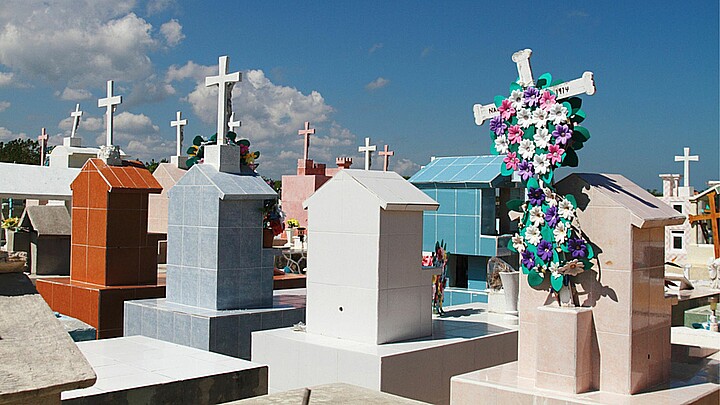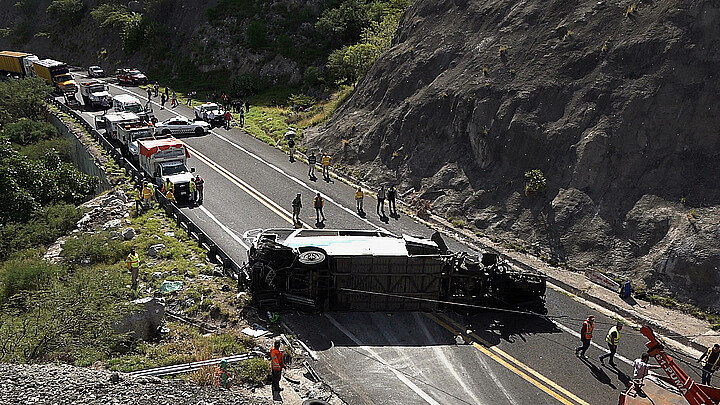Trending
Space debris? Strange Lights Captured in Northern Mexico’s Sky
Some thought it was a meteorite, but experts said the lights were space garbage
February 7, 2022 12:44pm
Updated: February 7, 2022 5:18pm
Several videos are circulating on social media showing strange lights in the sky. The phenomenon was seen in cities such as La Paz and Los Cabos, in Baja California and on the coast of the Sea of Cortez.
Así se vivió desde la calle #LosCabos #Meteorito nunca había visto algo igual. ☄️🌵 pic.twitter.com/M4xYRf2NWB
— Omal Tai (@OmalTai) February 6, 2022
On Saturday evening, an incandescent light crossed the sky and seconds later released sparks, surprising many witnesses.
¿Qué fue eso? ¿Meteorito, basura especial o nave espacial? #LosCabos #Meteorito pic.twitter.com/43IPG4eoJV
— Luis de Emmanuel (@luisdeemmanuel) February 6, 2022
Some who witnessed the phenomenon thought it was a meteorite, but experts said the lights seen were space debris, reported the outlet Sin Embargo.
AVISO:
— Geól. Sergio Almazán (@chematierra) February 6, 2022
Hoy febrero 6, durante la madrugada cientos de personas compartieron diferentes videos de luces surcando los cielos de #Sinaloa México 🇲🇽
Se trató del reingreso de basura especial
Vía @elpello666 #Meteorito #meteoro #fireball pic.twitter.com/dWnRuEdtf1
Space Frontier, a specialized space media outlet, explained that the alleged meteorite was the second stage of SpaceX's Falcon 9 launch vehicle, which completely disintegrated in the atmosphere.
🔥 FALCON 9 DE SPACEX CAE SOBRE MÉXICO 🇲🇽
— Frontera Espacial (@FronteraSpacial) February 6, 2022
Esta noche se ha visto un "#Meteorito" cayendo sobre el norte de México.
🚀 En realidad era la segunda etapa de un Falcon 9 de SpaceX lanzado en marzo del 2017 con la misión EchoStar23.
Se ha desintegrado en la atmósfera completamente. pic.twitter.com/5ERaFTMBJ2
Falcon 9 was launched seven years ago to deploy a weather observation satellite. With its current trajectory, experts believe it will collide with the Moon on March 4.
The SpaceX-built vehicle lifted off from Cape Canaveral, Florida, on February 11, 2015. The rocket's second stage, weighing about four tons, became obsolete after orbiting the Deep Space Climate Observatory and is now heading towards the Moon at a speed of 2.58 km/s.
During February, Mexico's skies will register enhanced space activity, such as the centurid star shower and other conjunctions of celestial bodies, said Tribuna de Los Cabos.










